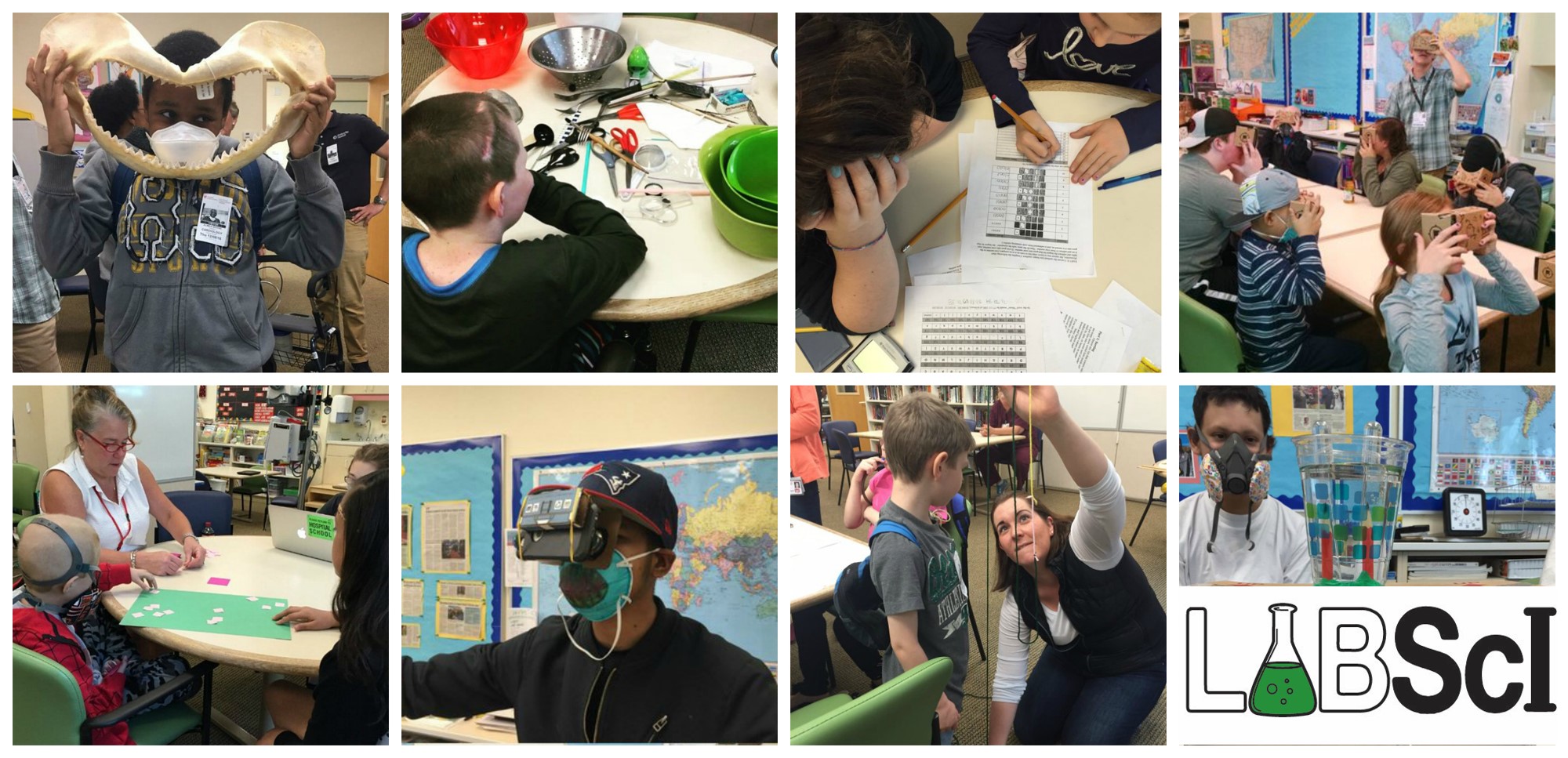In this lab, students will explore the circulatory and respiratory systems. Activities include measuring lung capacity, blood pressure, and heart rate.
Download the labs!
Student Version
Student Advanced Version
Teacher Version
Recommended Prerequisites:
None
Key Concepts:
- Your respiratory system is the one that lets you breathe in air and take the oxygen it has to bring it into your blood. The blood then carries this oxygen to other parts of your body where all cells use it to make energy.
- The tidal volume is the amount of air moved in or out during an ordinary breath. Of course, it is also possible to take a much deeper breath than you normally would, as if you were about to dive under water.
- The inspiratory capacity is the maximum volume of air you can inhale after an ordinary breath out.
- The vital capacity is the maximum amount of air that you can voluntarily move out of your lungs by breathing in as much as possible and then exhaling as far as possible.
- The diaphragm is a skeletal muscle tissue that helps in breathing. It is located beneath the rib cage and above your abdomen, and normally remains in a slightly bent U-shape. When it relaxes, the diaphragm moves up and pushes on the lung space, expelling the air in them (exhale). When the diaphragm contracts, it moves down and increases the volume of the lungs, which means there is higher pressure outside that makes the air rush into the lungs (inhale).
‹Materials:
- Model lung (made from a cut-off 0.5 L or 2 L bottle, with a balloon inserted inside and a balloon / plastic membrane around the cutoff end; see picture below)
- Inspirometer (available at hospital)
- Alcohol wipes to clean off the inspirometer mouthpiece
- Jug capable of holding at least 4 L of water, marked off at 0.5 L marks
- Tub capable of holding more water than the jug
- Stop watch
- Plastic tubing (eg: aquarium tubing) and a straw to serve as a mouthpiece
- Calculator
- Pair of non-latex gloves per student
- Sphygmomanometer
- Stethoscope
